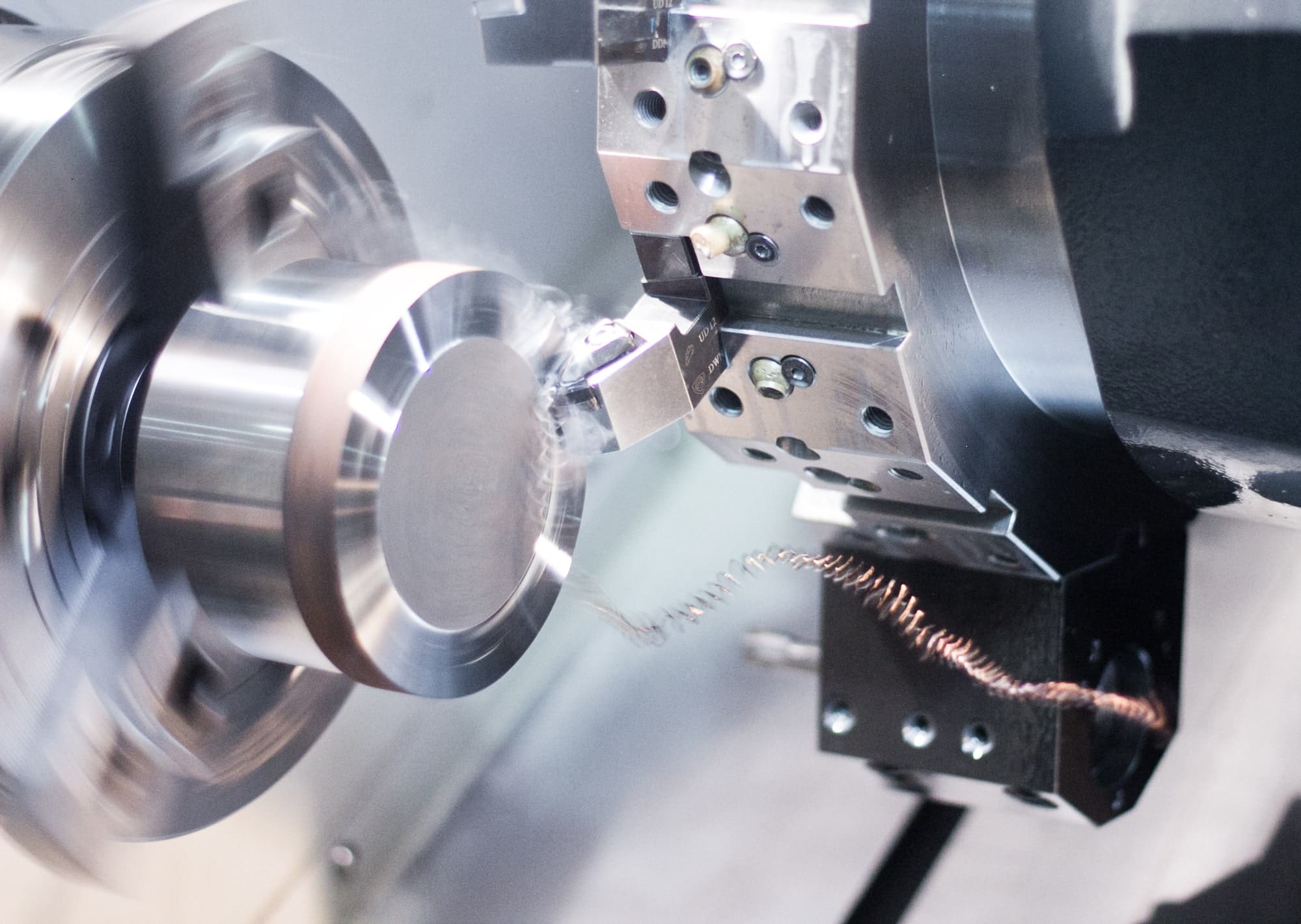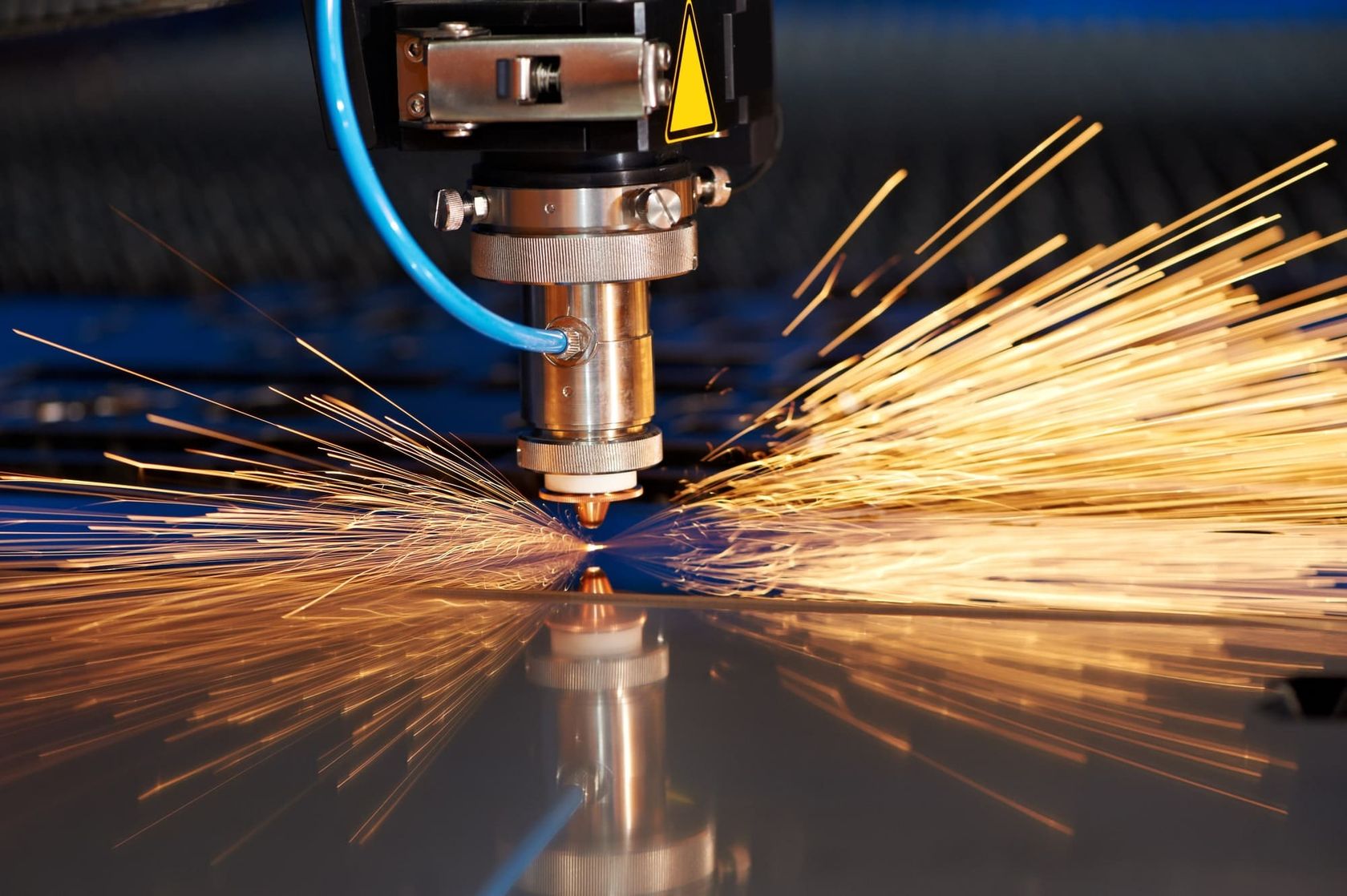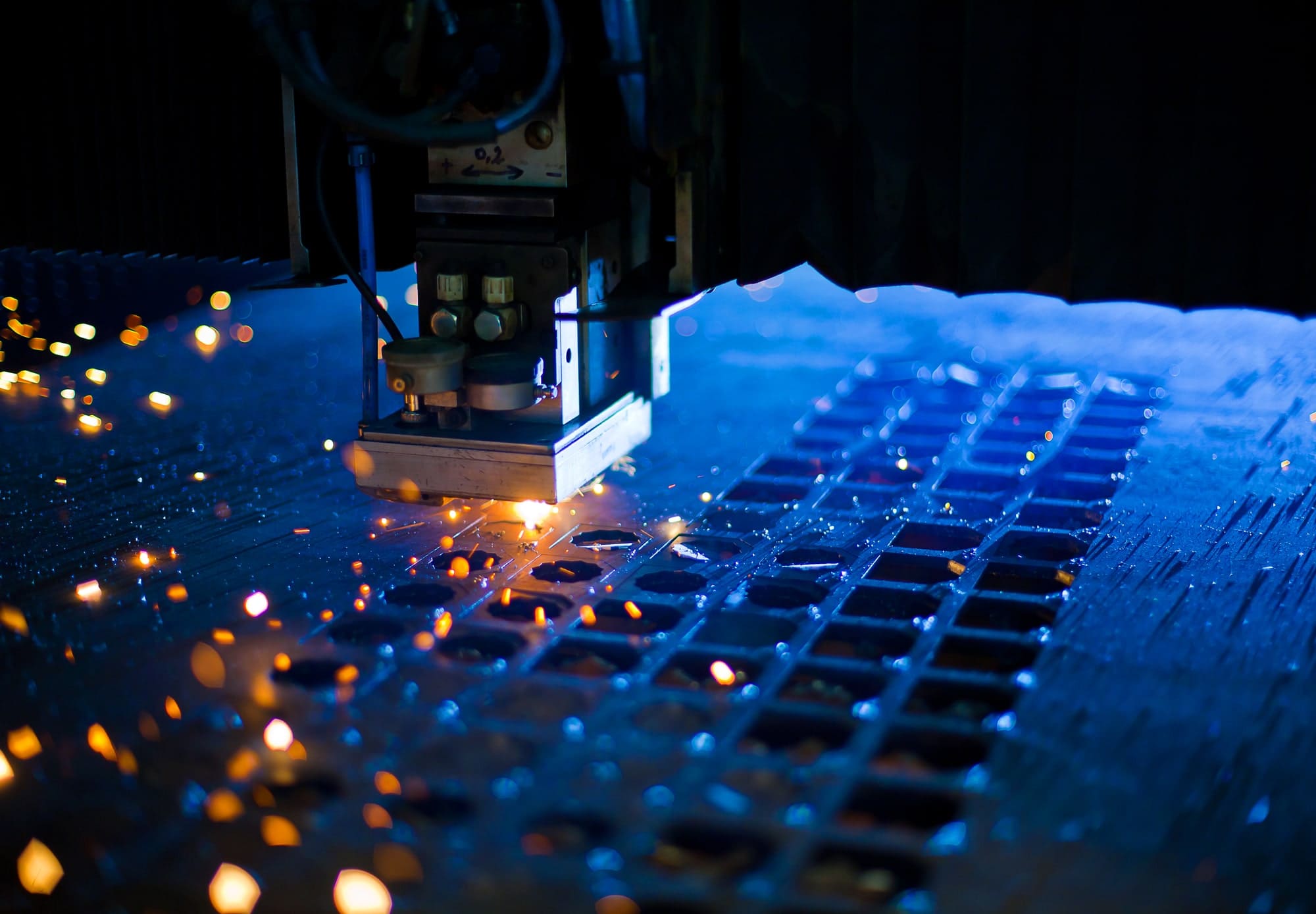The same is true of metals. Prior to their use, plates, tubes, rods and complex steel castings are subject to cold forming by special metalworking machines and lathes, which become more and more sophisticated each year.
History of mechanical metalworking
Let’s look first into the history of mechanical metalworking and its origins. Unlike many other processes that are unique to steelmaking, some ideas related to the mechanical working of metal surfaces came from related areas. The ancient Egyptians had devices for drilling holes in stones. Wood machining equipment that later evolved into turning lathes existed in the sixth and seventh centuries BC. Yet these types of processes were not applied to metals for hundreds of years.
For a long time, metal surface treatment had several restricting factors. First, it required harder tools. Second, small-batch production did not need high-precision metalworking. Third, the industrial revolution and mass production of uniform products only became a reality in the 18th-19th centuries.
The third reason was a key prerequisite for the appearance of mechanical metalworking. Smiths that made goods for individual orders gave way to large industrial manufacturers and factories that had the capacity to produce large quantities of uniform metal goods.
Gunsmiths were among the first to appreciate the importance of standardised metalworking. They received large orders from royal houses and governments. Armies needed small arms that used standard bullet sizes. Rifles and guns had to be interchangeable. This required technologies for drilling, reaming and polishing barrels. The military industry was at the forefront of technological progress until the early 19th century, providing orders for the mass production of uniform goods. Eventually, non-military applications of metalworking technologies appeared.

Metalworking machines and lathes
The most universal and widely known device for mechanical working of metal surfaces is probably a turning lathe. As mentioned above, prototypes of this machine were used in ancient times for woodworking. In the mid-19th century, turning lathes were designed for metalworking. The principles embedded in these machines are still used in modern equipment. Four main devices and their derivatives are used for working steel surfaces:
- lathe knife
- drill
- cutter
- grinding wheel
These are used in different metalworking equipment including turning, milling, boring, grinding and broaching machines. The surface of a future product is changed through the removal of excess material (tolerance) to produce final parts of tools or machinery and metal chips (waste).
There are several types of cutting used in mechanical metalworking, which are also called precision metalworking:
- turning
- drilling
- milling
- planing and chiselling
- broaching
- grinding and polishing
There are also some auxiliary processes that are used in certain cases depending on the shape of the steel goods.
Differences between types of mechanical metalworking
Turning lathes are used for machining (cutting) a metal workpiece that is turned against a tool. The knife that removes the excessive material is firmly fixed. These lathes are used for machining both the interior and exterior surfaces of a workpiece. This method is used for turning, boring, trimming and cutting the parts, as well as threading, bevelling and other operations.
Drilling is another type of cutting. It uses drill bits to make holes of different depths and diameters in metal workpieces. Gunsmiths used this process in the 18th and 19th centuries to make barrels of a uniform diameter. A drill bit rotates in the drilling and boring machine. Turning lathes can also be used to make holes. In this case, the drill bit is fixed, while the workpiece is rotated.

Milling is done on a milling machine, which is believed to have been invented by the Englishman Eli Whitney. Unlike a turning lathe, a milling machine has a rotating cutting tool. The workpiece is subject to advancing motion. Milling can be vertical or horizontal, whereby slots and grooves are made in a workpiece, and large surfaces are processed to change their shape. Form milling is yet another type of the process used to machine complicated surfaces like pinions.
Planing and chiselling are similar operations from the process standpoint. There are no rotating parts involved. The modern development of more effective and efficient methods of metal machining means that planing and chiselling machines are gradually becoming a thing of the past. However, some niches remain where this method is still used. For example, planing can be performed by several cutters at the same time.
Broaching refers to processes of cutting metal while it moves forward. It is used to make holes or special grooves on the inside or outside surface of the workpiece for fixing purposes.
Grinding is used for high precision surface finishing with the help of abrasive grinding disks and belts. The ground surfaces can be polished. Polishing is another operation, which gives metal surfaces a full gloss.
Combining these methods makes it possible to process basically any metal workpieces. The finished parts may have different surface roughness, sizes, grooves or holes. However, the trend in machine building is to implement technologies that save energy and resources.

Therefore, when manufacturing semi-finished products (for example, in a foundry), the best effort is made to give a workpiece the shape of the final product as much as possible. This helps to save time needed for mechanical working and reduce the amount of metal chips to recycle.
Any type of metalworking may seem quite simple at a glance. However, to get the desired result and manufacture parts in large quantities, many nuances need to be considered. Even the most experienced smiths cannot assure high quality when making a uniform product in large quantities. Therefore, robots are becoming more prominent in machine building, just like in the kitchen. Where the food industry uses food processors, metalworking uses computer-based lathes. Their programmes make it possible to process thousands of workpieces and ensure high quality. Meanwhile, humans make mathematical calculations and develop software.
